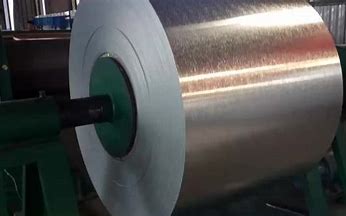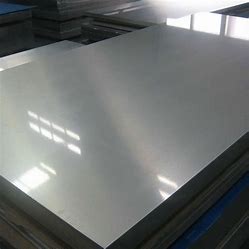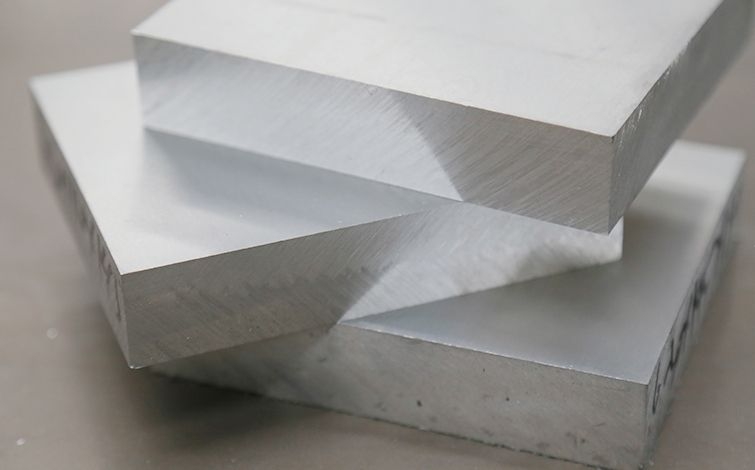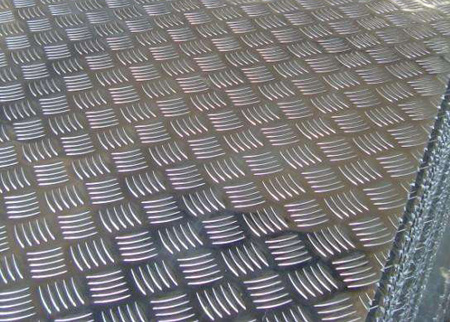



When it comes to aluminum, there are a variety of alloys available, each with its unique set of properties. Two of the most common aluminum alloys are 6061 and 6063. While they may look similar, there are significant differences between the two alloys. Now let's see the differences between 6061 aluminum plate and 6063 aluminum.
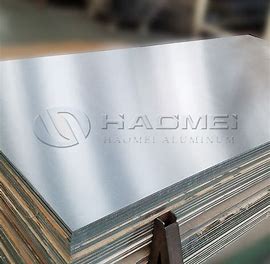
The chemical composition of 6061 and 6063 aluminum alloys differs. 6061 aluminum consists of magnesium, silicon, copper, iron, zinc, titanium, manganese, and chromium. 6063 aluminum comprises magnesium, silicon, iron, copper, and zinc.
6061 aluminum is stronger and harder than 6063 aluminum. It has a tensile strength of 45,000 psi and a yield strength of 40,000 psi, compared to 6063 aluminum that has a tensile strength of 27,000 psi and a yield strength of 21,000 psi.
6061 aluminum is more challenging to machine than 6063 aluminum. It has a higher melting temperature, making it difficult to form into different shapes. 6063 aluminum is more easily machinable, making it ideal for extruded parts and intricate shapes.
6061 aluminum plate is commonly used for structural components, truck bodies, and marine applications due to its strength and durability. On the other hand, 6063 aluminum is used for architectural purposes, window frames, and piping because of its excellent finishing properties.
In summary, 6061 aluminum is stronger and harder, more challenging to machine but more durable, and is commonly used for structural components and marine applications. 6063 aluminum plate is more easily machinable, and its excellent finishing properties make it ideal for architectural purposes and window frames.
* Thank you for your inquiry. Please provide your business needs information so that we can better serve you.
This information can help us assign the most suitable person to solve your problem. We will give you feedback within 1-2 working days.
Related Blog
